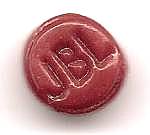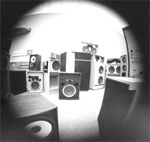O.K., so help me interpret and understand this, please.
Looks like they're all three the same game, essentially, but 4430 has 5 dB more boost (not insubstantial).
N200B could/would have more than 3110 if it were operated at, say 25% rather than 50%. (Gonna resolder stuff and try that.)
N200B level control adjusts the highpass Q, apparently, within limits. While not intended for CD compensation, it might be successfully used for that purpose.
Special thanks to Giskard for the requisite curves....









